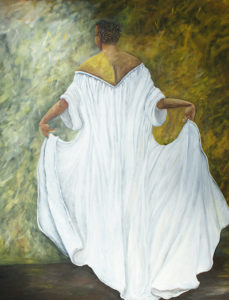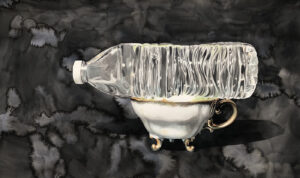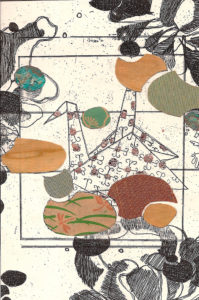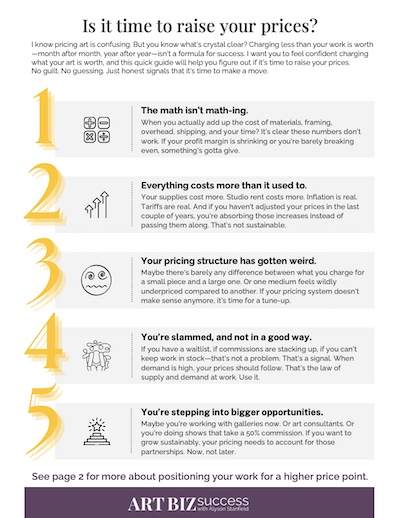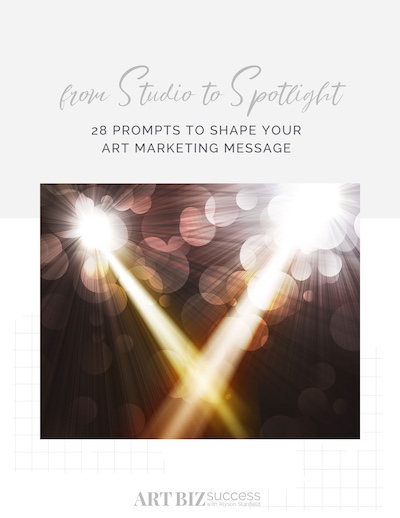
Why You Need a Family of Artists and Advisors for Your Art Business
At the end of a recent email to me, Inner Circle alumnus Margaret Dukeman added the following sentence.
Big thanks to you for the power that you have instilled in me and the ability to move my career forward with purpose and determination!
I’m always thrilled to hear that a client’s investment paid off and her business is moving forward. So I continued the conversation to find out more in hopes that it would help other artists.
ABS: This is great to hear. I have to ask: What has made the biggest difference for you?
MD: Over the last year, I’ve realized how valuable it is to have a family of artists and advisors around me.
With this family, I’ve been to say Yes to projects that have been beneficial to my career simply because I had trusted people in the Art Biz Inner Circle that I could approach with questions and for support.
Being a part of the family has also helped me develop my writing skills, which has given me power to speak about my art and stand by it passionately. The more I write the better my presentations and written words become.
As you have said you need to be able to communicate your art. No one could have told me how important writing would be as it was never stressed. Starting your course with an open mind was part of what I promised myself I would do … no matter what was asked of me.
There were times during the Magnetic You class when I wasn’t sure why I was writing yet one more page only to find a treasure at the end of that process. I have found that I enjoy creative writing when given the quiet time and space to dig deep. I am hoping to get even deeper into my writing in the coming year. I want to get to the point where it flows easily.
Margaret Recommends
ABS: I’m curious. What single Art Biz Success program would you most recommend to other artists?

The Art Biz ep. 23: Leaving Behind What is Safe with Jan R. Carson
One artist’s journey is never the same as another’s. Not only do you have to be creative in what you make, but also in how you get it out there, connect with the right people, and make a living. They all involve taking risks.
In 2010, Jan decided to begin the journey away from what had been a safe income (production work) to go after the art and life she wants for herself.
She discusses the balance of both worlds and how she is successfully transitioning from one to the other. She’s leaving what is safe and taking a risk by betting on her art.
You’ll hear about the following from Jan.
- The many hats she wears in handling the construction of the mobiles, along with marketing, accounting, etc.
- Why she found it easier to retain and train people as employees rather than interns.
- Her commitment to letting her body make the work, and keeping her mind out of it.
- How she got the confidence in herself and her artwork to exhibit it, and what it felt like to put it out into the world.
- The important question artists need to ask themselves: What do I need to make? Not: How do I sell my art?
- The social component of being an artist, and how Jan navigates the world as a self-proclaimed shy homebody.
- The value of listening, connection, and staying open and present as an artist.
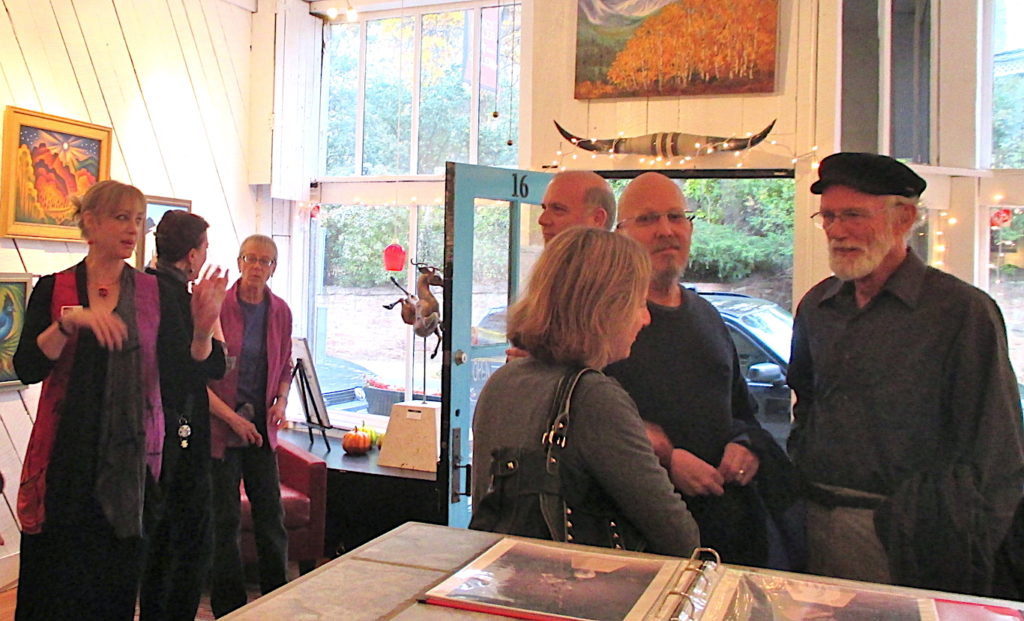
The Art Biz ep. 22: Opening and Running Your Own Gallery with Tracy Miller
A lot of my students and clients have mentioned their desire to open a gallery. And some have done so without putting much thought into what it takes and … later regret it.
I’m excited that artist and gallerist Tracy Miller is on this episode to talk about her experience running Tracy Miller Gallery for the last 7 years.
She talks about selecting a tight focus for her gallery, which she feels was critical for its success. The artists she chose to work with are in the genre of New West and have some experience under their belts. They are also savvy professionals.
She also reveals why she chose the specific location for the gallery and the many challenges—including wildfires and city-wide flooding—she overcame while running the business.
Tracy, who spent much of her time networking and connecting to people and businesses in the community, offers at least three pieces of advice for anyone interested in opening a gallery.
1. Work at another gallery for awhile. She learned a great deal by working at a large space for 5 years.
2. Crunch the numbers. And know the numbers. Tracy knows not only her average monthly sale in dollars, but the average sale for surrounding businesses.
3. Figure out how you will continue to have studio time. If you say you’re an artist, you must be making art and serving as an example to the artists in your stable.
Tracy also discusses her decision to
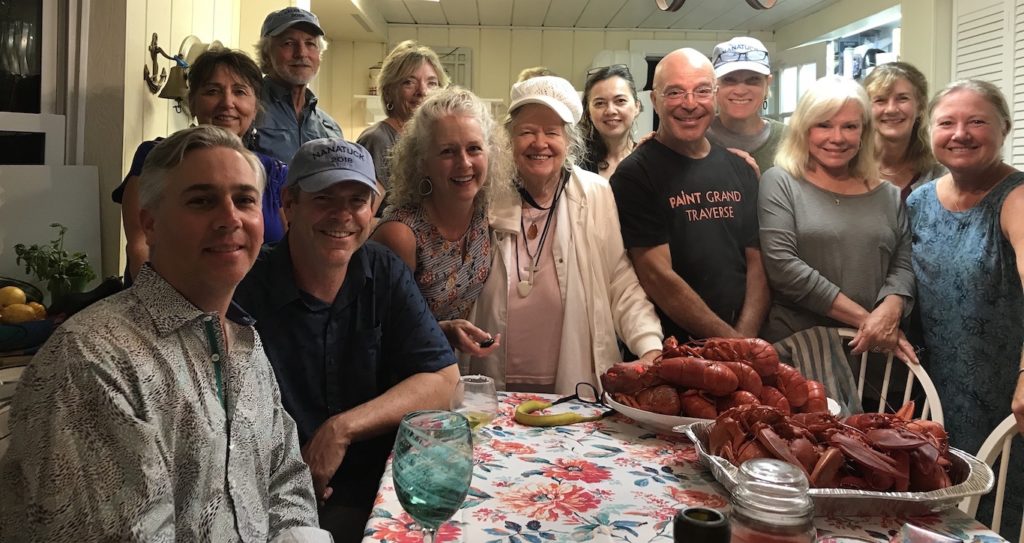
My Favorite Things 2018 Edition
These are some of the many things that made me smile, think, or grow in 2018. I hope you find some good resources (and recipes) here. Please leave your favorite things from the year in a comment. Art Trips & Clients Wow! I got to hang out with a group of phenomenal plein-air painters in Port Clyde, Maine in September. For a week I watched them rise early and paint until dark. Then we cooked

Break the Rules
There’s something to be said for being blissfully ignorant about the way things are “supposed” to be done.
If I had read that it takes most businesses at least three years of consistent work and marketing to get off the ground, I’m not sure I would have left my safe job at the museum.
If I had waited to discover directions for leading an online class, I never would have started teaching my own back in 2003. I didn’t know of a model for online classes at the time, so I made it up.
There are no official rules for one’s art career, but there are precedents. Plenty of resources offer guidelines, including my own book, blog, and online programs.
These unofficial rules might include the following topics:
- How to put together a portfolio
- How to approach a gallery
- How to write an artist statement
- How to organize your website
There’s nothing wrong with knowing these things, but, in order to innovate, you must ignore the rules and forge your own path. You have to experiment.
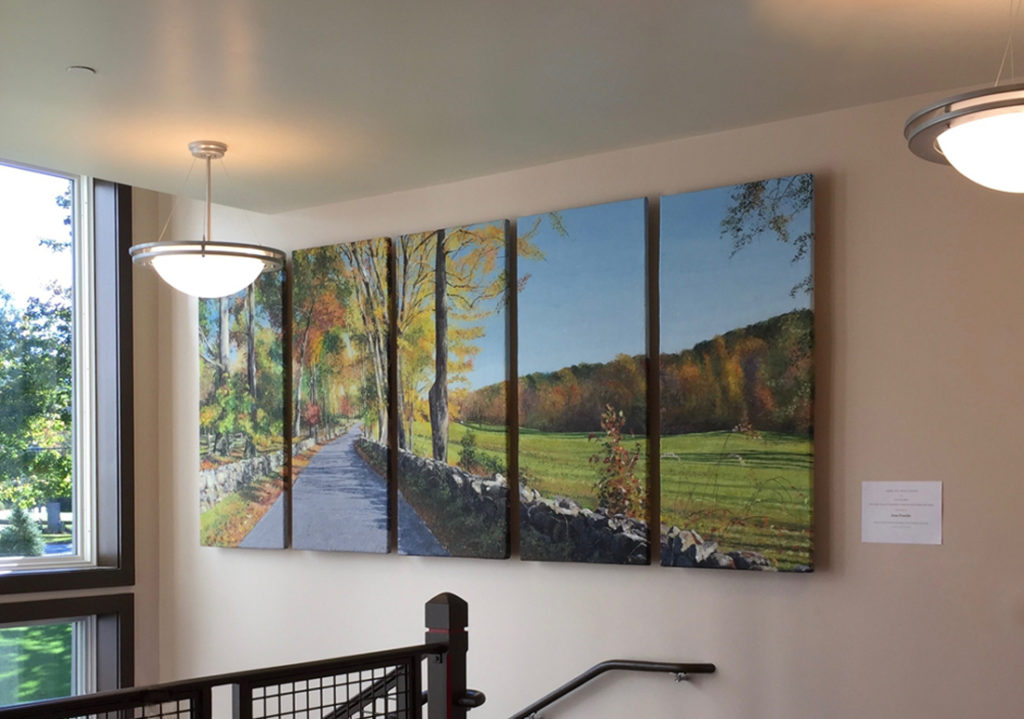
The Art Biz ep. 21: Creating Opportunities for Your Art Career with Meg Black
Artist Meg Black doesn’t wait for things to happen, she makes them happen. She has recently installed a major commission in the new addition of the town hall in Topsfield, MA. In this episode of the podcast, Meg tells us about the process from vision to reality. She shares how she got involved in the project, the research that went into it, and the hurdles she had to overcome in able to get it done




